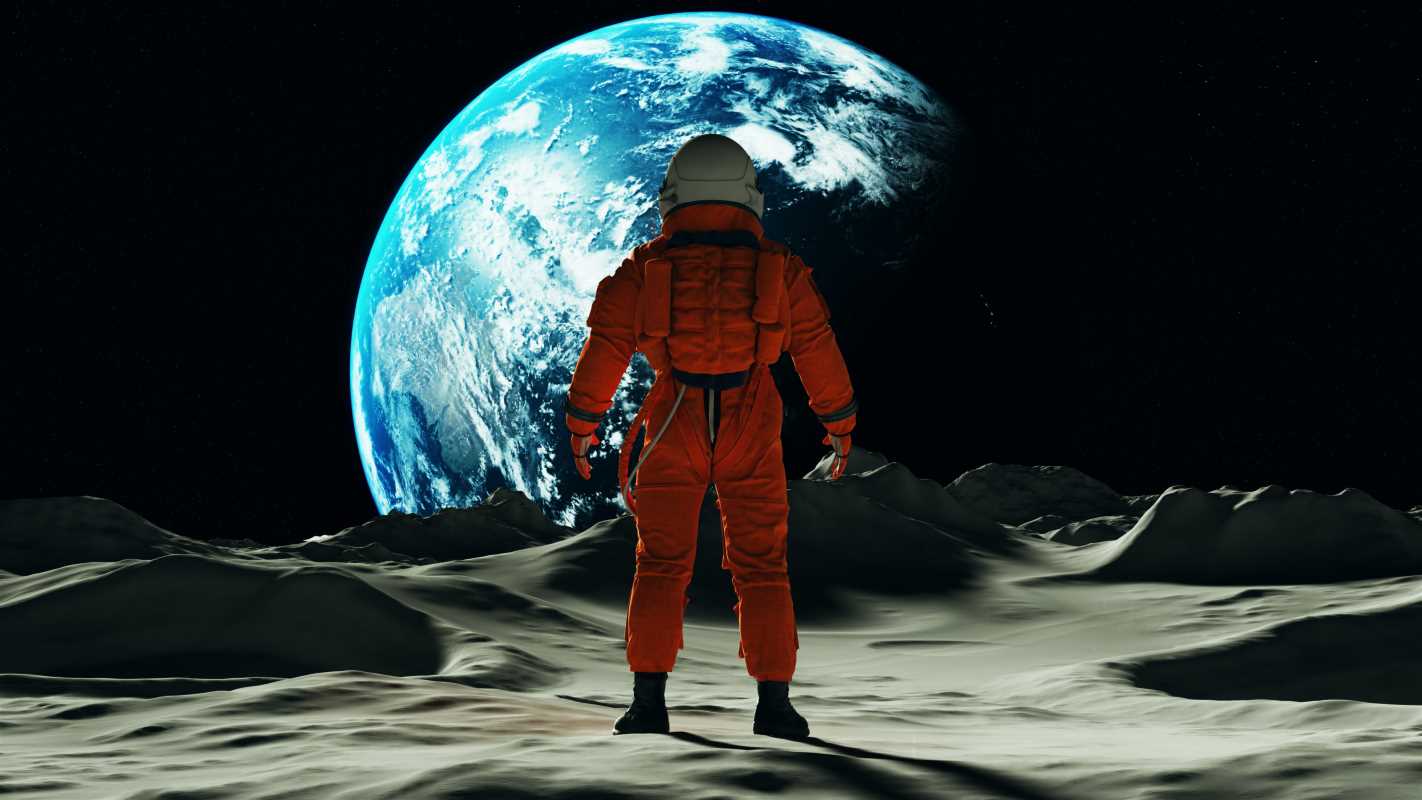The Space Race was one of the most exciting and transformative periods in modern history. It began in the 1950s, an era of tension between the United States and the Soviet Union during the Cold War. This competition for dominance in space exploration wasn’t just about who could send rockets the furthest; it was about national pride, scientific achievement, and proving which country had the best ideas and technology.
When the Soviet Union launched Sputnik, the world’s first artificial satellite, in 1957, it sent shockwaves through the United States. Suddenly, Americans realized they were behind in space exploration and science. The response was swift and dramatic, leading to major changes in education, technology, and the nation's overall approach to innovation. These changes laid the foundation for many of the advancements we take for granted today, from GPS and smartphones to the way we learn about science in school.
The Sputnik Shock and the Push for Better Education
When the Soviets launched Sputnik, it wasn't just a technological triumph for them; it was a wake-up call for the U.S. The satellite itself was small and simple. It didn't do much beyond orbiting Earth and transmitting a beep-beep signal. But its implications were enormous. If the Soviet Union could launch a satellite into space, what else could they do? Could they create space-based weapons, or send missiles across the world? The U.S. government and public realized that winning this space competition was critical for prestige and security.
Education Gets a Spotlight
The Sputnik launch made it clear that the U.S. needed to rethink its approach to education, especially in science, technology, engineering, and mathematics (STEM). This was the beginning of a national shift in priorities that affected schools across the country.
- National Defense Education Act (NDEA): The U.S. government passed the NDEA in 1958 to invest in education. It provided scholarships, funded school programs, and created opportunities to train more teachers in math and science fields. The goal was to produce a generation of students who could compete with Soviet scientists.
- Focus on STEM: New curricula emphasized math and science like never before. Textbooks were updated, and schools began offering more advanced courses in physics, chemistry, and calculus. Laboratories were built, and children were encouraged to think about careers in science and engineering.
- Space and Inspiration: Agencies like NASA, founded in 1958, worked to make space exploration exciting and relatable. Space became a source of fascination, with astronauts portrayed as heroes and role models. This sparked the imaginations of young people, inspiring a wave of interest in science and engineering careers.
Technological Advancements Born from the Space Race
The Space Race didn’t just change how students learned; it also led to groundbreaking technological innovations. The government poured enormous amounts of money into space research, and the private sector followed with additional investments. Here are just a few examples of how the Space Race transformed technology:
Innovations That Reached Everyday Life
- Satellites: Before the Space Race, the technology to send devices into orbit didn’t exist. By competing to launch satellites, both the U.S. and Soviet teams developed technologies that became crucial for modern communication. Today, satellites are used for GPS systems, television broadcasts, weather prediction, and even internet access in remote areas.
- Computers: Space exploration required incredibly fast and accurate calculations, much too complex for human mathematicians to handle manually. This spurred the development of better computer systems. Early computers used by NASA paved the way for smaller, more efficient machines that ultimately led to the personal computers we use today.
- Materials Development: Rockets and spacecraft needed materials that were lightweight but strong enough to withstand extreme conditions. These innovations gave rise to materials like corrosion-resistant metals, advanced ceramics, and specialized fabrics. Many of these are now used in everything from airplanes to medical devices.
- Velcro and Tang: While not invented specifically for space exploration, Velcro and Tang drink mix became interesting examples of items popularized during this time. Velcro, for instance, was used in spacesuits, and Tang was marketed as a drink consumed by astronauts.
Pushing the Limits of Engineering
Building rockets capable of escaping Earth’s atmosphere took creativity and innovation. The U.S., through its aggressive space programs, learned how to solve complex engineering problems in ways no one had attempted before. This effort helped develop disciplines like aeronautical engineering, which has implications for commercial air travel, missile defense systems, and satellite launches today.
The Apollo Program and its Ripple Effects
Perhaps nothing symbolized the U.S. triumph in the Space Race more than the Apollo program. Landing humans on the moon in 1969 during the Apollo 11 mission was a defining moment in American history. It showcased grit, determination, and technological superiority. But the effects of Apollo went far beyond the lunar surface.
Unity and Inspiration
Apollo’s success brought extraordinary national pride during a time of significant social and political upheaval. The Civil Rights Movement, the Cold War, and anti-Vietnam War protests left the U.S. deeply divided, but the moon landing offered a unifying moment that highlighted what the country could achieve when working together.
Science for the Future
The technology behind the Apollo program had a long-lasting impact. All the research necessary for space travel strengthened fields like robotics, communications, and health sciences. For example, the need to monitor astronauts’ health remotely led to advancements in medical telemetry, which is now used in treating heart patients.
Changes in Education That Stuck
While the Space Race ended as a period of intense competition between the U.S. and the Soviet Union, its influence on education and innovation didn’t fade. Deep investments in STEM programs and research laid the groundwork for a workforce ready to tackle future challenges.
Encouraging Critical Thinking
The shift toward evidence-based thinking in science and technology has become a key part of American education. Students today are encouraged to think critically and solve problems in ways similar to how engineers and scientists approached the challenges of space exploration.
Gender and Racial Barriers
During the Space Race era, many barriers prevented women and people of color from participating in science and engineering fields. Iconic figures like Katherine Johnson, the NASA mathematician portrayed in the movie Hidden Figures, helped break through these barriers. Today, the emphasis on inclusive STEM education continues, encouraging diverse voices in fields previously dominated by white men.
 (Image via
(Image via





